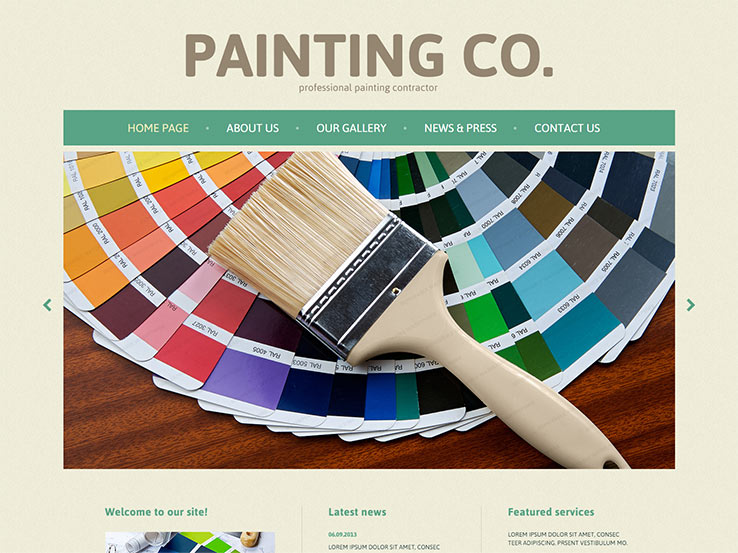Weather Condition'S Effect On Commercial Exterior Painting: Critical Expertise For Success
Weather Condition'S Effect On Commercial Exterior Painting: Critical Expertise For Success
Blog Article
Post Produced By- best commercial painting company
When you're preparing an industrial exterior painting job, do not take too lightly the influence of weather on your outcomes. You require to consider factors like temperature, humidity, and precipitation, as they can make or break your paint task. As an example, did you recognize that suitable problems ask for specific temperature level varieties and moisture levels? Failing to keep an eye on these aspects can cause irregular coatings and even damage to fresh paint. Understanding these elements is key to attaining a resilient, professional result. So, what certain weather conditions should you watch out for?
Temperature Considerations
When it involves industrial exterior painting, temperature level plays a critical function in the end result of your task. If you're repainting in extreme warm, the paint can dry too promptly, resulting in problems like inadequate adhesion and unequal finishes. You intend to aim for temperature levels between 50 ° F and 85 ° F for the best results. Listed below 50 ° F, paint may not cure appropriately, while above 85 ° F, you run the risk of blistering and splitting.
Timing commercial painting contractor with the best temperatures is essential. Start your work early in the early morning or later on in the mid-day when it's cooler, especially throughout hot months.
Additionally, take into consideration the surface temperature; it can be considerably more than the air temperature level, especially on sunny days. Use a surface area thermostat to check this before you begin.
If temperature levels are unpredictable, keep an eye on the weather report. Sudden temperature declines or warm front can thwart your strategies. school painting company don't intend to start repainting only to have the conditions change mid-project.
Moisture Degrees
Moisture degrees dramatically impact the success of your commercial exterior painting job. When the humidity is too high, it can prevent paint drying out and curing, leading to a series of concerns like inadequate bond and end up high quality.
If you're intending a work throughout damp conditions, you could locate that the paint takes longer to dry, which can extend your project timeline and boost expenses.
On the other hand, reduced humidity can likewise present difficulties. Paint may dry as well rapidly, avoiding appropriate application and leading to an uneven finish.
You'll want to keep track of the moisture degrees carefully to guarantee you're working within the suitable array, usually between 40% and 70%.
To get the best results, consider utilizing a hygrometer to gauge humidity prior to beginning your project.
If you discover the levels are outside the optimum array, you may require to adjust your timetable or choose paints developed for variable problems.
Always consult the maker's standards for particular suggestions on humidity tolerance.
Precipitation Influence
Rain or snow can considerably interrupt your commercial exterior painting strategies. When rainfall takes place, it can get rid of freshly used paint or produce an unequal surface. Ideally, you wish to pick days with completely dry weather condition to guarantee the paint sticks correctly and remedies effectively. If you're captured in a rain shower, it's ideal to stop the job and wait for problems to boost.
Moreover, snow can be much more destructive. Not just does it develop a wet surface area, yet it can likewise lower temperatures, making it tough for paint to completely dry. This can bring about problems like peeling or blistering down the line.
It's crucial to check the weather prediction before beginning your task. If rainfall or snow is forecasted, take into consideration rescheduling.
Constantly keep in mind to allow ample drying time between layers, particularly if the climate remains unforeseeable.
Final thought
In conclusion, keeping an eye on the weather condition is necessary for an effective industrial external paint job. By monitoring temperature, humidity, and precipitation, you can guarantee the best problems for application and treating. Keep in mind to plan your job around positive weather and constantly adhere to producer standards. With the ideal strategy, you'll attain a lasting, gorgeous finish that can endure the aspects. Don't allow the climate capture you off guard-- remain informed and repaint smart!
